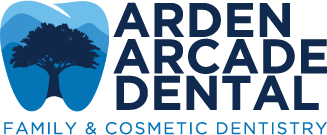About Bite Collapse
Patients who are nighttime teeth grinders, daytime teeth clenchers, and have not been treated for bruxism have an increased risk of wear and tear issues. These issues do not just affect the elderly, they can also impact people at a relatively young age, some as early as their late 20s or 30s.
Left untreated, a collapsing bite can become worse and more destructive in a short amount of time, depending on the characteristics of certain tooth structures. The physical forces upon certain tooth structures can become destructive if the biting surfaces are uneven.


